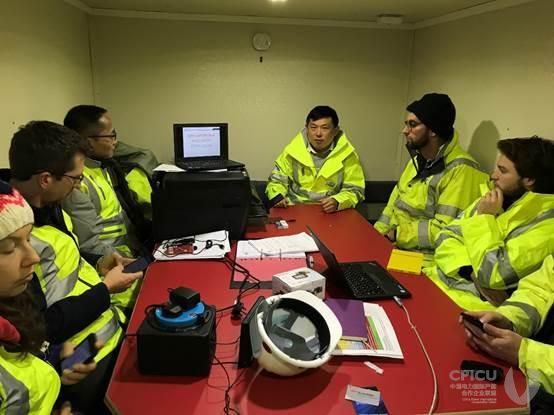China General Nuclear Power Corporation (CGN) began geological prospecting for the site of its Bradwell B (BRB) nuclear power project in the UK on Dec 11 local time.
It was a key step for the project’s development and construction.
Staff workers begin geological exploration at the Bradwell B project.
The BRB project is located in Essex in the southeast of England, facing the English Channel and next to the retiring Bradwell A nuclear power station.
Currently, the main task is to access the data of the BRB project’s seismic analysis, such as seismic refraction, fretting, seismic reflection and resistivity, according to Zheng Dongshan, chief executive officer of General Nuclear International, CGN's London-based subsidiary.
CGN signed a package agreement with Electricite de France, or EDF and the British government on Sept 29, 2016, marking a historic breakthrough in China’s nuclear power global expansion.
According to the agreement, CGN will build Hinkley Point C (HPC) nuclear power project, and promote the two follow-up projects Sizewell C (SZC) and BRB. The BRB project plans to use Chinese third-generation nuclear technology, known as the Hualong One (HPR1000) after the technology passes the UK’s generic design assessment (GDA).
Besides the GDA, the project must meet the geographical requirements for the site where the power generators station will be located.

CGN Staff members hold a meeting.
On Jan 19, 2017, the Office for Nuclear Regulation and the Environment Agency -- the UK’s nuclear regulators -- announced that they had started the first phase for the assessment.
The whole GDA process, the first phase of which was finished on Nov 16, will take 60 months.
The team has overcome difficulties in cultural backgrounds and different styles of working and constantly improved management to ensure progress of site adaptability research, which will lay a foundation for the BRB project and help control its investment risk, Zheng noted.

